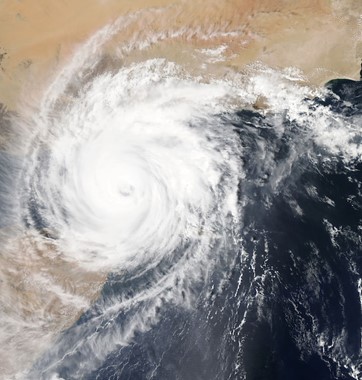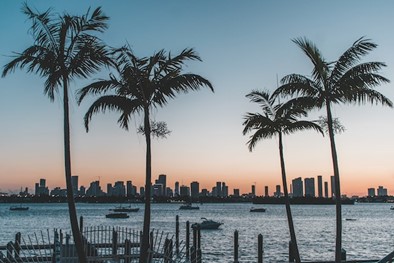
With its rebellious spring-break spirit, diverse yet dangerous wildlife, and a unique blend of Hispanic, Southern, and Caribbean cultures, Florida has a reputation for being the odd state out. Yet, it’s not just the attitude of the state that sets it apart. Ashley Roberts of Tampa Bay, Florida states that it is one of the few places in the U.S. that could truly qualify as a tropical paradise.
While it may not be Hawaii, Florida extends roughly 500 miles into the Gulf of Mexico, and is within 120 miles of both Cuba and the Bahamas. Thanks to its geography, the state has a warm climate that rarely dips below 40° Fahrenheit. This does vary by location, though, and in the following article, more is discussed on Florida’s climate and when it’s best to visit the sunshine state.
From North to South – Tropics vs. Subtropics
Florida is the sixth longest state in the nation, stretching further south than both Texas and California. Yet, from its northernmost to southernmost points, the climate can change by a considerable amount. For example, Miami and Key West are both considered tropical, thanks to their locations within the Tropic of Cancer. This means that they rarely experience temperatures below 65° Fahrenheit, and instead have wet and dry seasons.
Further north are Jacksonville and Tallahassee, where the subtropical climate experiences wild swings from winter to summer with temperatures soaring into the 100s before dropping back down into the upper 30s in the changing seasons. Winter is generally short here, though, lasting from late November to mid-February. Summers are quite humid and swampy, with frequent rain.

Florida’s Hurricane Season
Florida’s year-round sun may make it seem like a paradise, but it’s not without its downsides. As monsoon rains beat down on the west coast of Africa, drier winds from the Sahara can push these storms into the Atlantic where they’re fed by the warmth of summer. As the storms continue to push westward, they grow in the heat of the Gulf and Caribbean, transforming them into fierce hurricanes.
By the time they reach Florida, they’re often supercharged, bringing 150 mph winds, 17-foot storm surges, and enough rain to flood an entire city. Locals are well aware of the power of these storms, as demonstrated by the destruction of Mexico Beach in 2018 and Fort Myers in 2022.
For this reason, travelers to Florida should be cautious during the hurricane season—June to November. It’s wise to keep an eye on the weather report and evacuate if a hurricane is approaching the state. Most inland areas, such as Orlando and Tallahassee, are usually safe, but coastal cities, such as Tampa, Fort Lauderdale, Miami, and Panama City, are easy targets for hurricane destruction.
The Bottom Line
Florida can be a place of extremes—extreme fun, extreme beauty, and extreme weather. Thanks to its geographical location near the Tropic of Cancer, much of the state receives warm and mild weather for most of the year. However, come summer, be cautious and check the weather to avoid the full force of a category 4 or 5 hurricane.

